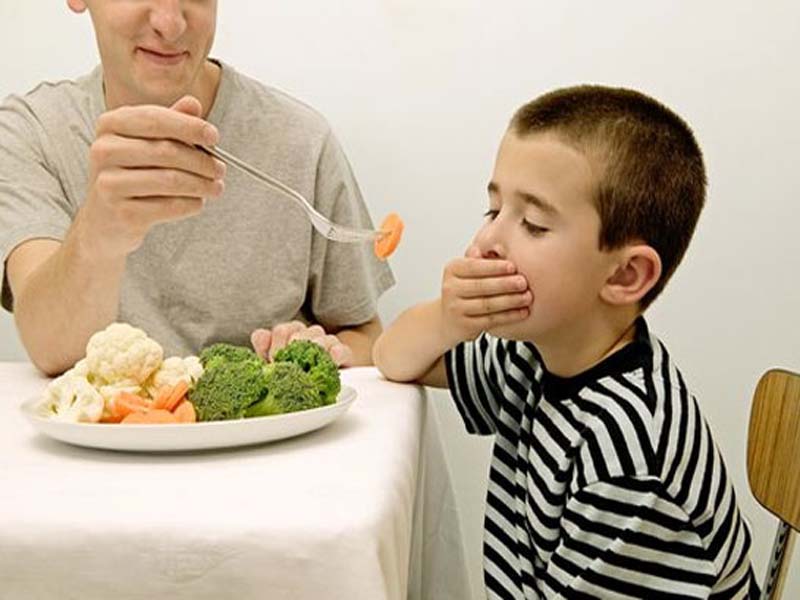Ever wondered what’s triggering the random mood swings or behavior!!!! The reason could be as simple as FOOD
It’s not just the age but also there are a number of factors, such as stress, environment, poor sleep, genetics, mood disorders, and nutritional deficiencies that can affect your child’s mood, FOOD being the most significant factor. It is of utmost significance to check nutrition labels and constantly be aware of the potential risks associated with heavily processed and high content of food additives in fast foods.
FOOD ADDITIVES
Most fast foods available in the market are overloaded with food additives like food colors, sodium benzoate and of-course the added high sugars that can be harmful to your child. These additives can make the child hyperactive, and have low concentration levels. They get irritated and lose their temper.
FOOD COLORING
Studies suggest that food dyes, such as those found in everyday foods have a dramatic effect on a child’s cognitive function, causing hyperactivity and loss of focus. The analysis also showed that 82 percent of the samples exceeded the prescribed limit of 100 ppm (parts per million) for permitted colors. We see these colors in excess limits in sugar confectionaries.
Studies on animals have indicated that Brilliant blue induces liver damage, renal failure, and asthma while Tartrazine is responsible for Attention Deficit Hyperactivity Disorder (ADHD) and Sunset yellow causes adrenal tumor and hypersensitivity.
SODIUM BENZOATE
Sodium Benzoate is a preservative found in many foods and sodas. Few surveys and studies conducted found that food dyes were found to be aiding in mood-altering, sodium benzoate was also noted as a culprit that was linked to causing kids to lose focus. Sodium Benzoate most commonly used often in juices and soft drinks.
HOW TO PREVENT TANTRUMS
Good nutrition and a balanced diet which includes superfoods that help boost cognitive function, also help maintain steady blood sugar levels in the body. They won’t break down into sugars instantly causing spikes in energy levels, and they are the sorts of foods your child should be consuming.
It could be simple oatmeal that is slow to digest or blueberries which are good for thinking or plain old Idli (Masala idli), roti roll with veggies and cheese or just bread and omelet—there are plenty of healthy alternatives that kids can eat that will help in keeping their moods stable. Flax Seeds and Chia Seeds are amazing Superfoods to help reduce tantrums in kids which can be included in any foods.
WHAT ARE GOOD FOODS
Foods that are high in fiber content digest slow and release sugar, what does this mean! It means these foods don’t cause those dangerous “ups” and “downs” in insulin levels that sugar and simple carbs do. Avoid sugary cereals, bakery items, and packed juices for breakfast to avoid the sugar dip a few hours later.
Few foods that are complex carbs and fiber-rich are:
Flaxseed, Chia Seeds, Oatmeal, Brown Rice
OMEGA 3, FISH, FLAX SEEDS
Studies suggested that foods high in Omega-3 actually help level out people’s moods. Foods such as fish, walnuts can help regulate mental health. Other foods that can help maintain a healthy brain and regulate your child’s moods include broccoli, avocado and kidney beans (rajma).
CONCLUSION:
Being aware of the additives is the first step to fixing the problem. Next comes the next step to start having healthier alternatives for the unhealthy foods they are eating. Don’t forget to focus on keeping your child’s mood levels regular with healthier food options that won’t spike your child’s insulin level and alter their focus. Hope this article helps you to understand mood swings in kids.

Ms. Laxmi Pandrala
CEO Founder Lami.fit
Sports and Exercise Nutritionist


